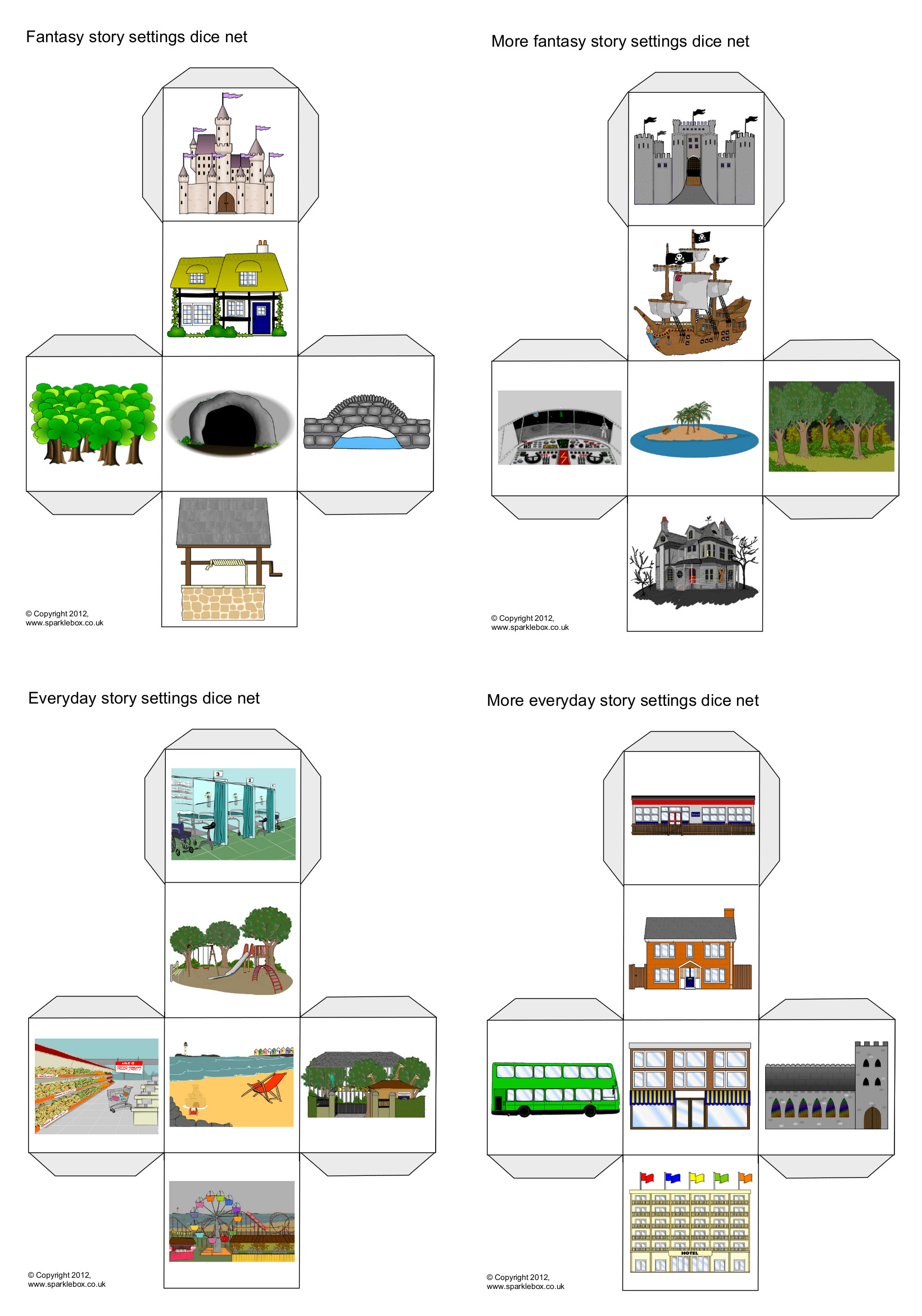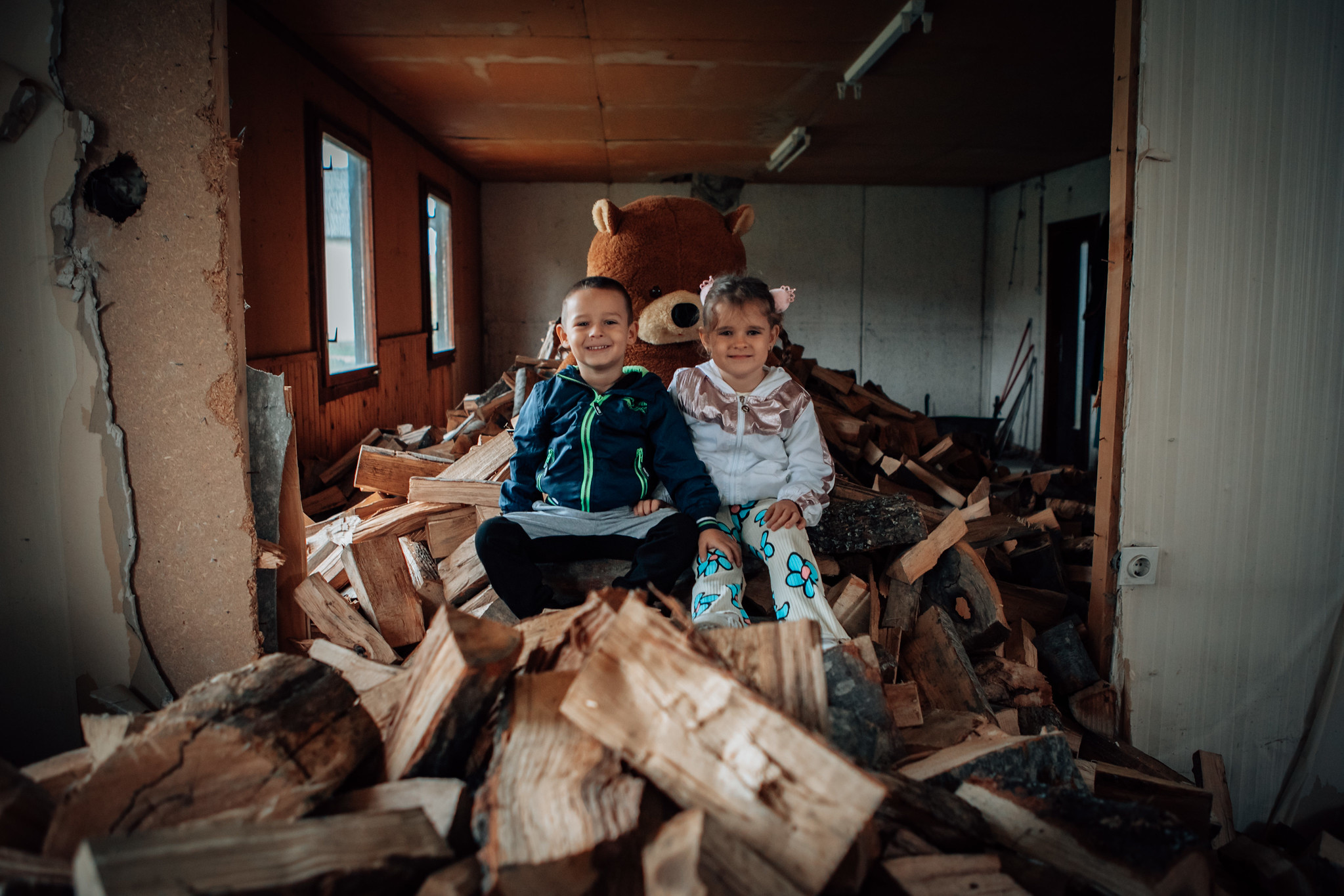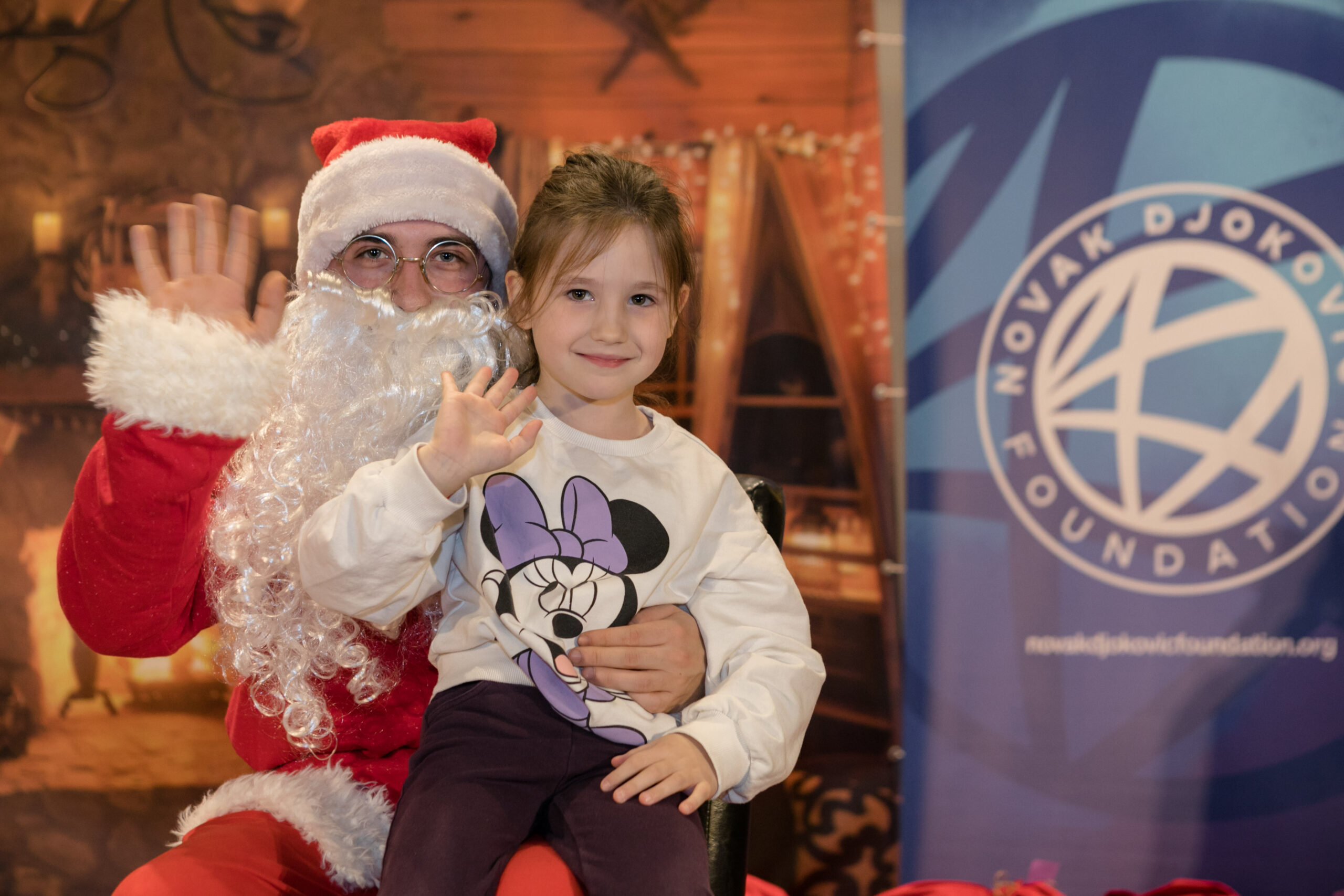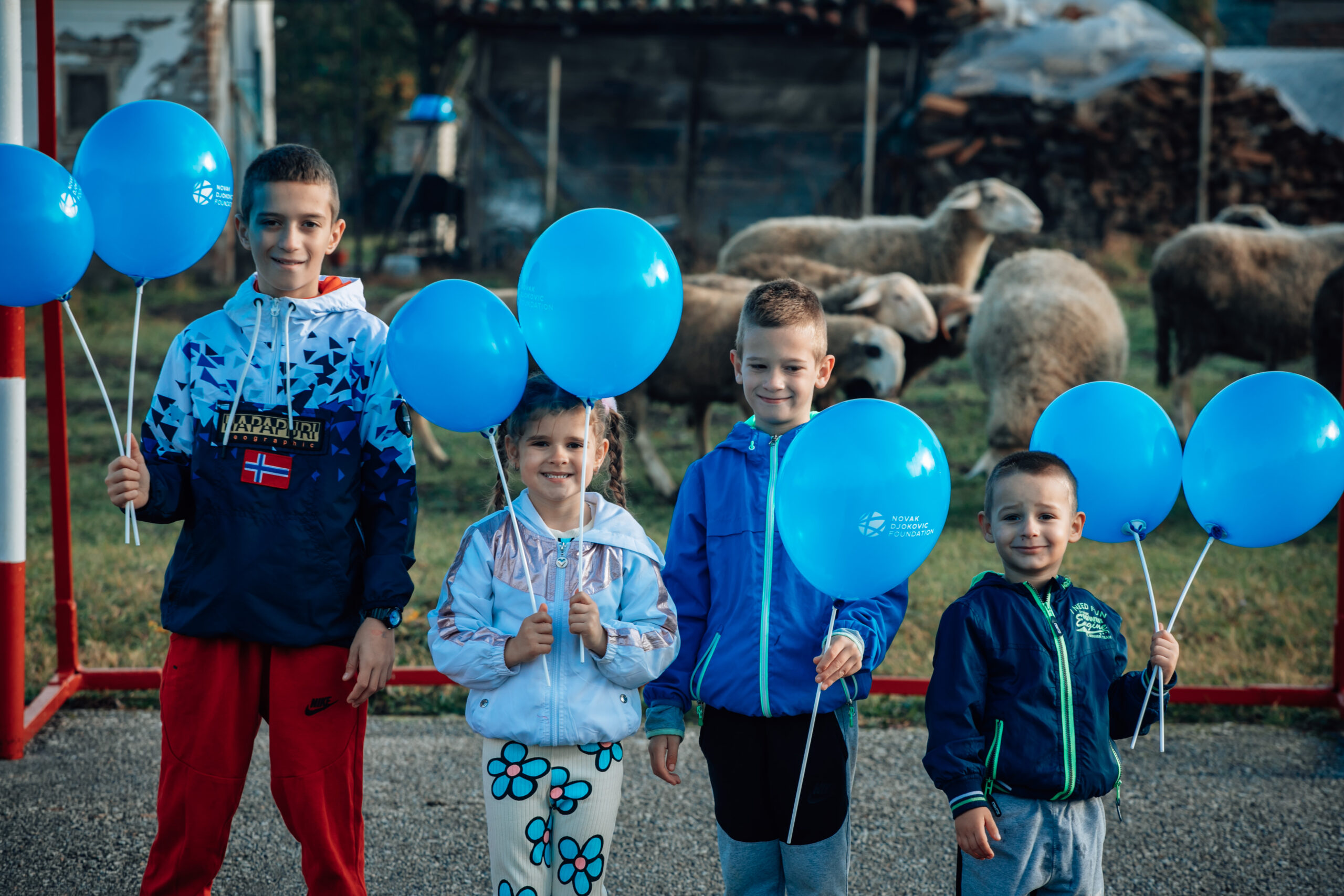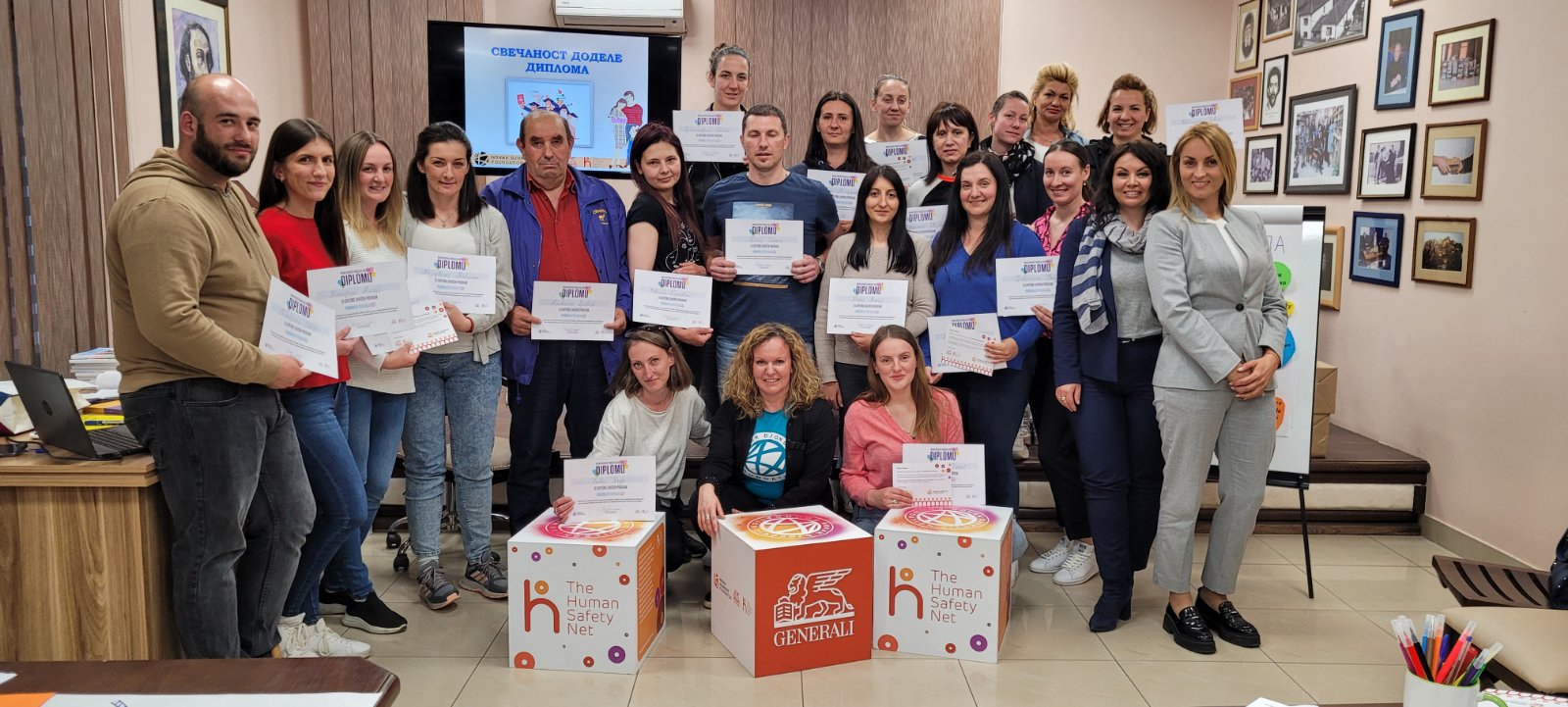Storytelling does not merely equip future Nobel Literature prize-winners but is an integral part of the all-round development of the child.
In primary schools, a large amount of curriculum time is dedicated to storytelling. We spend lots of time exploring and sharing books andwe recount trips and events, encouraging the children to write about what they know and based on real experiences.We also teach children to imagine scenarios, characters and events winding them into a coherent narrative. These tasks of character creation, setting description and plot development become common place in the primary classroom and yet, when I think about it, I realise what a difficult task we ask of them and how amazing and imaginative the fruits of their labours are. Faced with a blank page and charged with “writing a story”, I would undoubtedly struggle. So why is storytelling such an important part of education and child development?
Ben Okri, Birds of Heaven:
It is easy to forget how mysterious and mighty stories are. They do their work in silence, invisibly. They work with all the internal materials of the mind and self. They become part of you while changing you.
Storytelling does not merely equip future Nobel Literature prize-winners but is an integral part of the all-round development of the child. Not only does it develop a child’s listening skills, develop their understanding of other communities through stories about others’ lives but stories are imperative to children developing identity and their understanding of their place in their family, community and the wider world. They are a vehicle for developing their personality and showing it to those around them. Stories are also way for children to work through problems and worries. Research has also shown ‘that those who told and heard stories at home under the age of four were the most likely to have ease and interest in learning to read once they got to school.1‘
So how can you encourage your child’s storytelling abilities:
- Encourage imaginative play. Through gestures or movements of toys, children are enacting a story however much or little this is verbalised. Encourage them to talk through the sequence of events and model this for them by creating your own scenarios with them.
- Talk with your child. This will not only encourage their general language development and increase their vocabulary but you will prompt and model conversation and storytelling. Enabling a conversation requires lots of listening from you, the adult. Talking about past and future events also promotes the idea of events happening over a period of time.
- Use sequencing cards for a familiar story. Get children to order and retell a well-known story.
- Read with your child. Your child’s reading ability will not be at the same level as their spoken language so encourage their vocabulary development and understanding of narrative structure by reading them stories. This should not replace their own reading but will provide them with a love of books and understanding of how stories work which will only benefit their reading development. Reading stories together also fuels their imagination and they may take on elements of the story to make up their own such as continuing the adventures of a character or using a similar setting.
- Tell your child stories about their past. Not only will this develop their understanding of stories and narratives but it will provide them with their own narrative within the family. These stories endure to adulthood even if the child was too young to maintain an actual memory of it. Their story within the family becomes constant and consistent which is so important in the development of their identity and children love to be the main character in any story. Variety in styles and content is important to develop children’s understanding of language and narrative styles. Poetry and rhyme is always popular as children respond well to the rhythm of the language.
- Use prompts. Some children need more stimulation than others to trigger their imagination. Try to provide prompts which access all the senses which will really help their descriptive skills.Think about having a story sack or chest of items to fire the imagination. It’s much easier to imagine a scenario with an old boot in their hands which has perhaps been fished from the sea and bares the etched initials of a notorious pirate. Using dice such as these can also be an excellent way of providing a setting, character or problem to be incorporated into a story.
The importance of creativity and imagination in child development cannot be understated and this is not just modern thinking. Einstein himself believed so strongly in the education of the imagination and its role in progress that he recommended that children should be told fairy-tales:
If you want your children to be intelligent, read them fairy tales. If you want them to be more intelligent, read them more fairy tales.2
We would love to hear your child’s favourite story and we also would love to read some of their own creative efforts.
1 http://www.zerotothree.org/child-development/early-language-literacy/the-emergence-of-storytelling.html
2 http://www.goodreads.com/author/quotes/9810.Albert_Einstein
Featured image: http://www.sparklebox.co.uk/3861-3870/sb3870.html#.Usa4r_RdWmk


